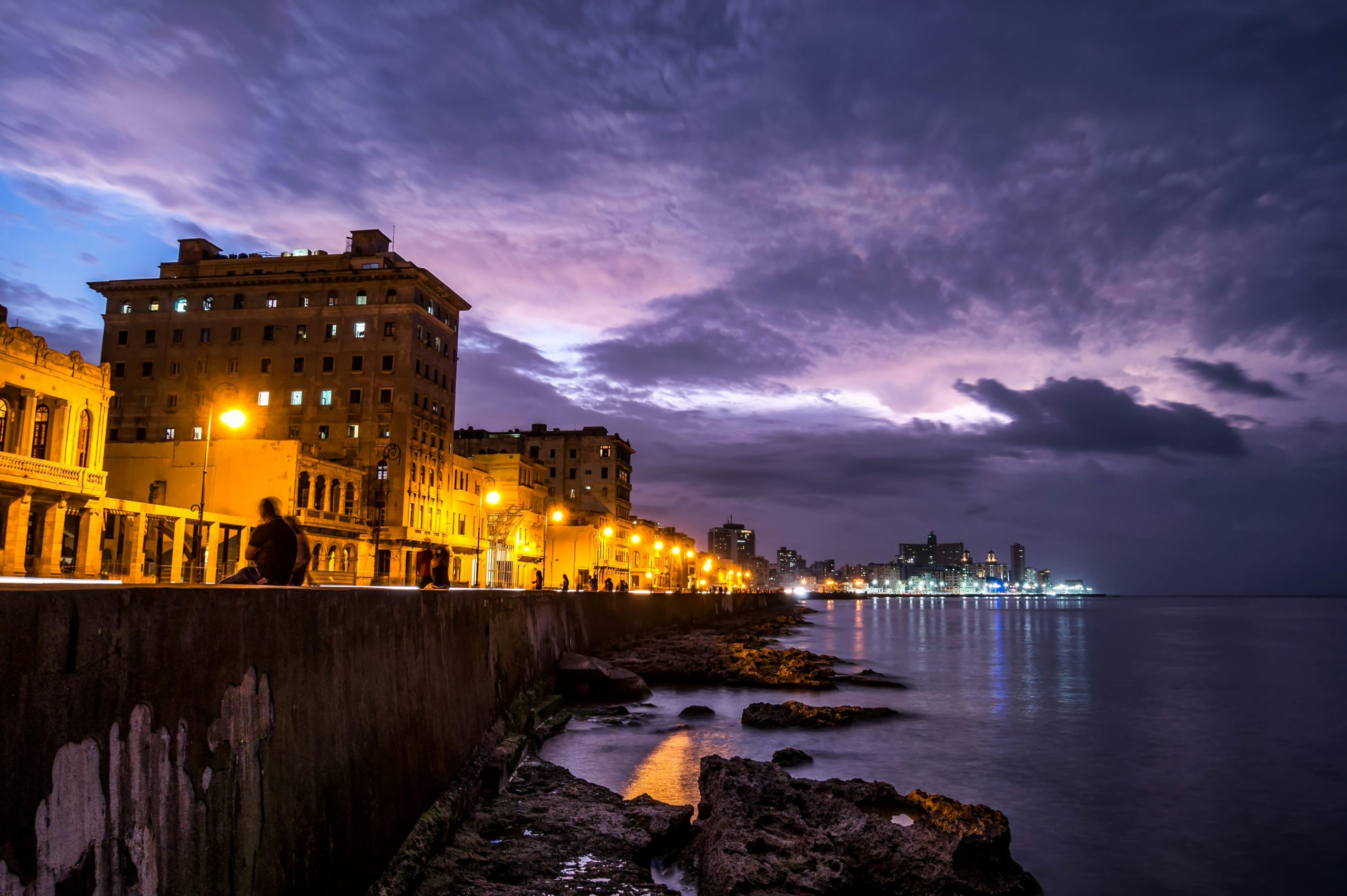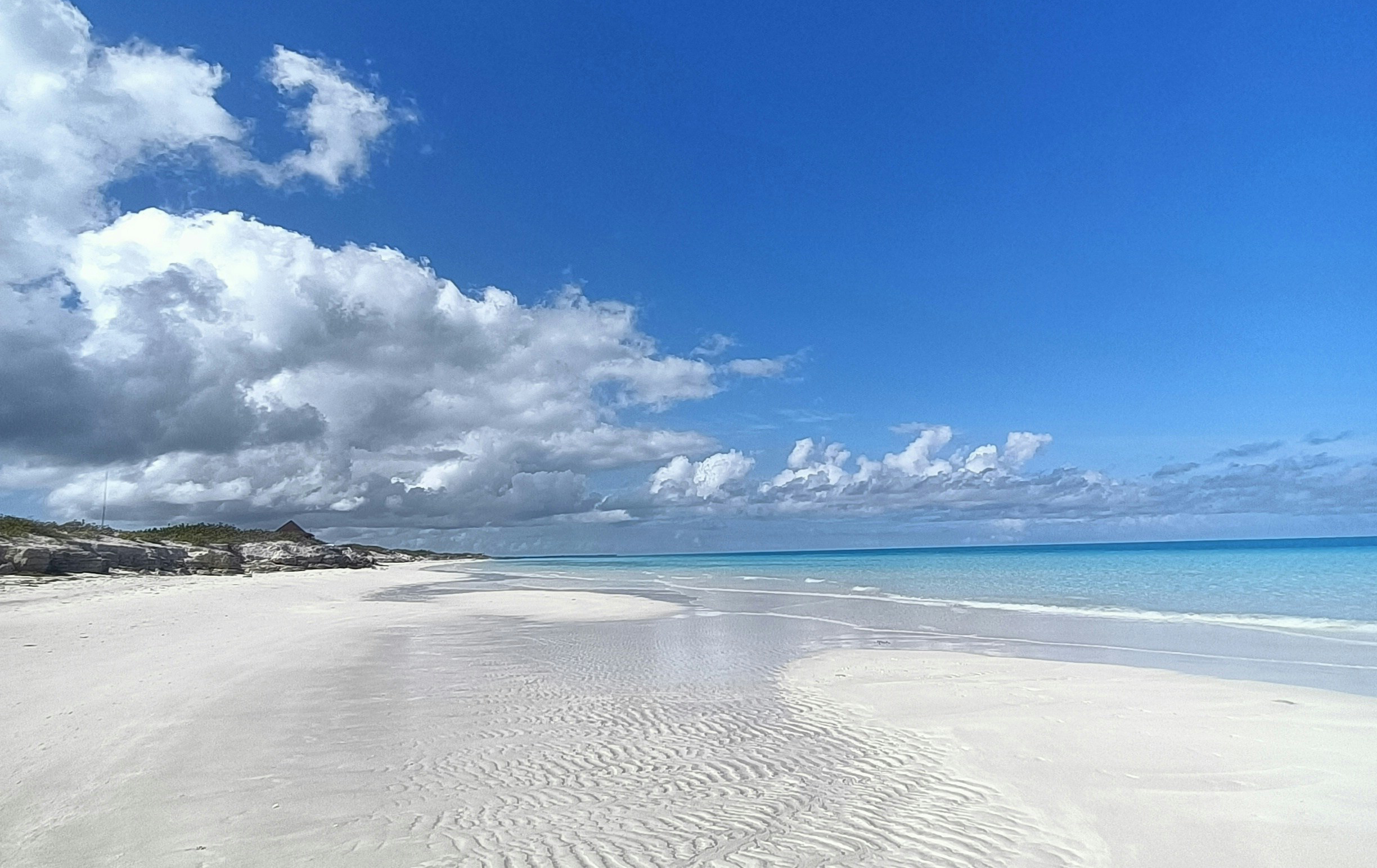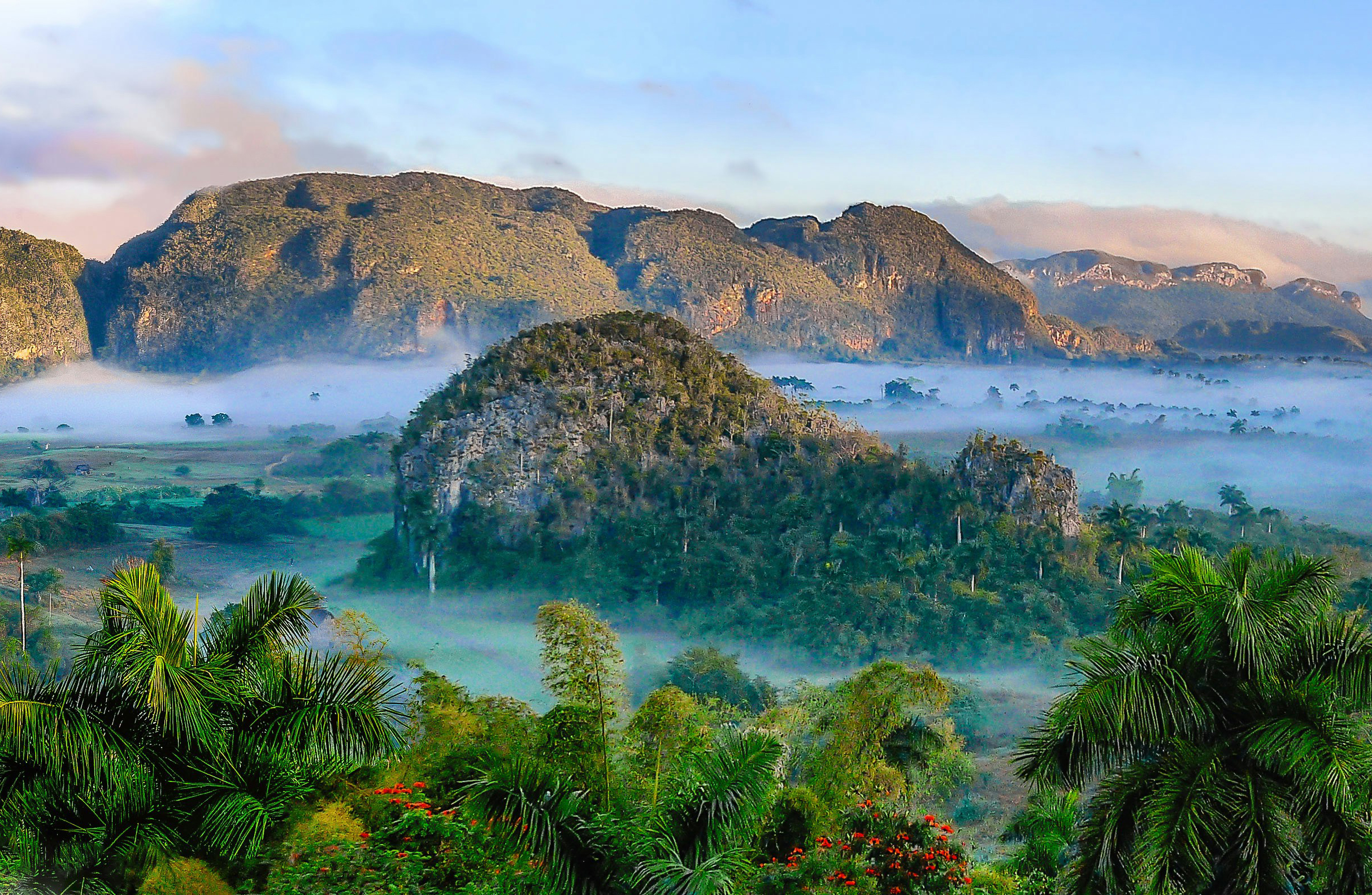All about Cuba
Located between North and South America, at the entrance to the Gulf of Mexico and the Caribbean Sea, Cuba covers a total area of 110,922 km².
The climate is moderately subtropical, with two distinct seasons: the rainy season (from May to October) and the dry season (from November to April). The average annual temperature is 25°C, rising to 27°C in summer and falling to 21°C in winter.
Cuba’s population is just over 11 million 160 thousand people.
The official language is Spanish, though it’s common to find people who speak other languages like English, French, Italian, Russian, Portuguese, and German.
Cuba is divided into 15 provinces and one special municipality, Isla de la Juventud. Among the most notable regions are Pinar del Río, known for its tobacco farming; Santiago de Cuba, the second-largest city, which, along with Havana, the capital, is a center for art, culture, and Afro-Cuban influence; and Trinidad, Cuba’s “museum city,” also a UNESCO World Heritage Site.
The official currency is the Cuban Peso (CUP). Visa and MasterCard credit cards are accepted, except those issued by U.S. banks or their affiliates. Foreign currencies can be exchanged for Cuban Pesos at Casas de Cambio (CADECA), hotels, airports, and banks.



More details
Located between North America and South America, at the entrance to the Gulf of Mexico, in the Caribbean Sea, Cuba covers an area of 110,922km2.
The climate is moderate subtropical, divided into two seasons: wet (May to October) and dry (November to April). The annual average temperature of 25 degrees Celsius, which rises to 27 degrees in summer and 21 degrees in winter.
The population of Cuba today amounts to just over 11 million 160 thousand inhabitants.
The official language is Spanish, although it is very common to find people who speak different languages such as English, French, Italian, Russian, Portuguese or German.
The island is divided into 15 provinces and a special municipality, Isla de la Juventud. The rural area of Pinar del Río stands out among them, where tobacco growing promotes the economy; Santiago de Cuba, the second largest city, which together with Havana, the capital, compete in Art, Culture and Afro-Cuban influence; and the small Trinidad, the “museum” city of Cuba, a world heritage site.
The official currency is the Cuban Peso (CUP). Payment is accepted through Visa and Mastercards credit cards, as long as they have not been issued by US banks or their affiliates. The main international currencies can be exchanged into Cuban pesos at the Exchange Houses (CADECA) and at hotels, airports and banks.
How to get to Cuba.
The main way to access Cuba is by air. The country is directly connected by regular and charter flights to approximately 40 cities worldwide. Cuba has 17 airports, 11 of which are international, where over 50 airlines from 28 countries operate. It’s also possible to arrive by sea through international marinas with private vessels.
Electric current
Most facilities in Cuba are equipped with 110v-60Hz electrical outlets (Type A, like in the U.S. and Canada), although many hotels use 220v with Type C outlets (like in Europe).
How to dress during the trip?
Casual, lightweight, and breathable clothing is recommended due to the heat and high humidity prevalent throughout most of the year. It is also advisable to wear hats and sunscreen. Swimwear is essential. In the evenings, some nightclubs and cabarets require men to wear long pants.
Time zone
Cuba is in the EDT time zone, which is 6 hours behind Spain, France, or Germany.
Can you drink the tap water?
While tap water is potable, it’s recommended to drink only bottled water and carry a bottle with you to stay hydrated due to the climate.
Use of telephone and wifi.
Most hotels and tourist facilities offer Wi-Fi. Some provide it for free, while others charge for it. Wi-Fi cards can be purchased in hotel lobbies. Phone calls from hotel rooms incur an additional charge.
How to move around in Cuba?
Cuba’s road network extends approximately 50,000 km, including highways and provincial roads. Numerous companies offer taxi and car rental services.
What happens if I get sick during the trip?
Most hotels provide basic medical services. International clinics and pharmacies are available in major tourist destinations. It’s advised to travel to Cuba with health insurance, which can also be purchased upon arrival at the country’s entry point. The insurance provides coverage through the Cuban company Asistur nationwide.



